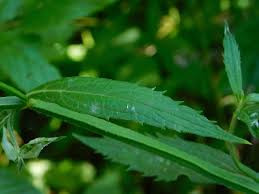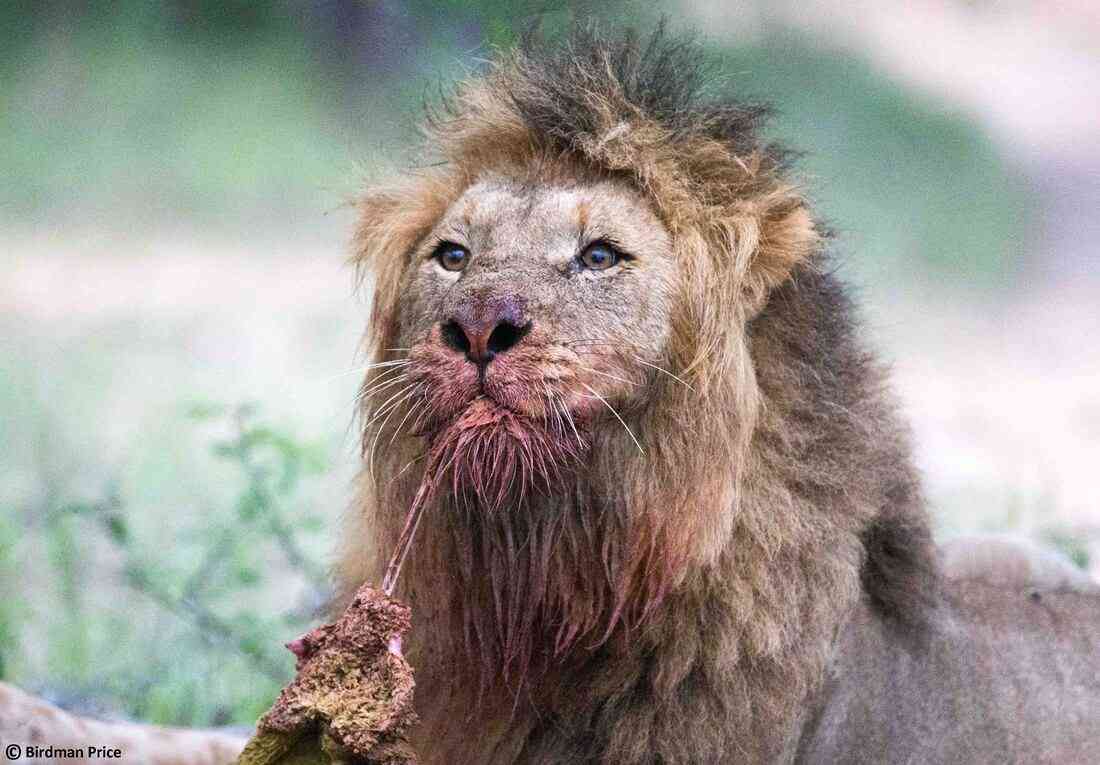
ENVIRONMENTAL experts in Harare have expressed concern over the rapid spread of invasive plants in the city’s wetlands, primarily driven by human activities such as cultivation and construction.
The activities, according to the experts, have disrupted delicate ecosystems while creating favourable conditions for non-native species to thrive.
One of the most alarming invasive plants identified is the Brazilian Verbena (Verbena Brasiliensis), which is not native to the region.
The species is spreading quickly and displacing native vegetation in wetland areas, particularly in disturbed habitats like fields and roadsides.
Invasive species like Brazilian Verbena pose a significant threat to local ecosystems leading to reduced biodiversity, degradation of wildlife habitats, and compromised water quality.
In an interview with NewsDay, Batsirai Sibanda, an environmental officer at the Environmental Management Agency (EMA), emphasised the need for authorisation for any activities in wetlands.
“This guidance is crucial for developers and farmers to ensure sustainable use of these vital ecosystems,” he said.
“There are many threats to our wetlands owing to construction and cultivation, and as EMA, we encourage citizens to seek authorisation to use those wetlands.
- Byo author eyes SA award
- WB revises downwards Zim growth
- Letters: Zanu PF to blame for anything wrong in Zim
- Shortages show the poverty of ideas in govt
Keep Reading
“We expect developers and farmers to be guided by the responsible bodies in terms of wetland utilisation.”
Harare’s wetlands, which include three Ramsar sites — Monavale Vlei, Lake Chivero, and Cleveland Dam — are recognised for their ecological significance.
They support a rich diversity of plant life, including over 36 species of grass and more than 80 other plant species.
The wetlands also play a critical role in filtering toxins and preventing erosion.
Local organisations, such as the Harare Wetlands Trust, are actively working to remove invasive species with the help of biodiversity experts.
Manual removal efforts involve teams working together to tackle the problem.
However, additional challenges arise from borehole drilling near wetlands, which is negatively impacting water quality and contributing to the drying of these ecosystems.
As the situation continues to evolve, the need for community awareness and responsible management of natural resources becomes increasingly urgent to protect these vital ecosystems from the threats posed by invasive species and human activities.










